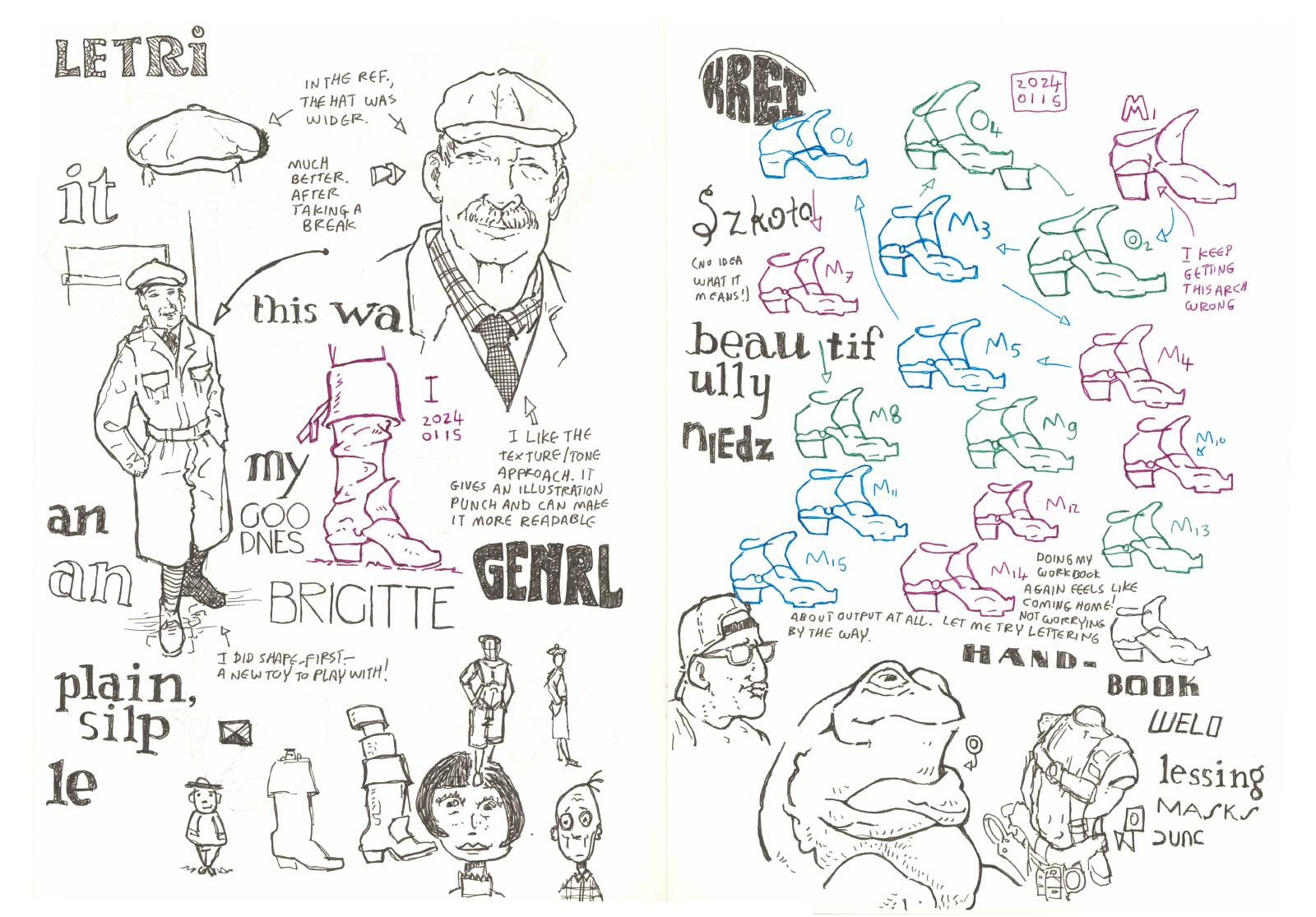#70 - Art Students Gravitate Toward 3D Form Studies As A Way To Become Better Artists, But There Are Even Better Ways To Study
Warm-Up Drawing Exercises

Quickly become better at drawing—without burning out—by using my workbook.
We’re all on a journey to becoming a better artist and I share here what I learn along the way.
It is useful for me, as it forces me to structure my thoughts on things, to uncover and reveal to myself what it is exactly I am learning from all of this.
I hope you find it useful, too.
This article is about the drawing from memory exercise again, but I promise that it won’t be about that every week.
I hope you enjoy reading my articles as much as much as I enjoy writing them. Welcome to my little abode on the internet, and I hope you’ll consider staying.
I have a page on doing form studies in my drawing exercises section. I will be honest here: I added that because that type of exercise seems to be popular.
And I understand why. You want to get better at drawing, and an excellent approach to tackling a problem is to break it down into smaller problems: first, learn to construct the underlying forms, then learn to embellish those forms with detail.
Constructing a drawing step by step.
It’s behind why we want to learn “THE proportions of the body,” even though every human body is wildly different from the next one. There are no standard proportions!
As I’ve been harping on for a while now, drawing from memory is an incredible drawing exercise. One thing it does for you is that it improves your ability to eyeball things, design something on the fly, to “feel” when a line is right or wrong.
Without drawing the underlying forms first!
Many people searching for online lesson material look for form studies, so it is tempting to publish that. And I will keep doing that.
But drawing from memory is also a very good drawing exercise.
Do you need to understand underlying forms? Yes, you still do. But drawing from memory helps you VISUALIZE them in your mind!
I was always flabbergasted when I saw another Kim Jung Gi video demonstrating how he imagined things in boxes in space. Now I realize he created that because it was popular content. But it is not how he draws. He never starts by drawing a box; he VISUALIZES the box in his mind.
Kim Jung Gi practiced memorizing reference images and drawing them from memory and possibly partly from imagination. This helped improve his ability to visualize and to get what was on paper to match what he saw in his mind.
Here is a video where he explains it, Kim Jung Gi - Tips for Young Artists. The entire video is gold, but especially listen to the part past around six minutes. He’s constantly walking around observing things around him and trying to memorize them so he can recall them later and so that he can visualize scenes at will.
Nicolaides, in the book “The Natural Way To Draw,” calls it the most important drawing exercise in the book.
You should try doing this, too.
No skin off my back, you know. You can keep drawing boxes until you’re bored out of your skull, or you can have fun drawing something beautiful you saw from memory and imagination.
I was inspired to write this article when I saw the video No Shortcuts! An important drawing skill too many students try to avoid from Alphonso Dunn. He is correct; it is helpful for artists to practice learning to figure out proportions without measuring and construction.
Drawing from memory exercises help you get better at it.